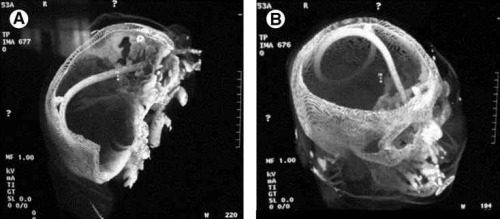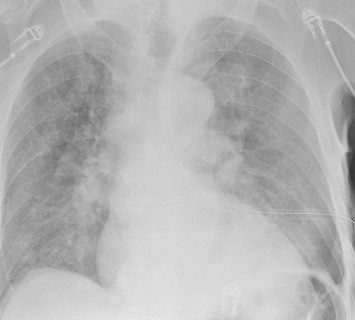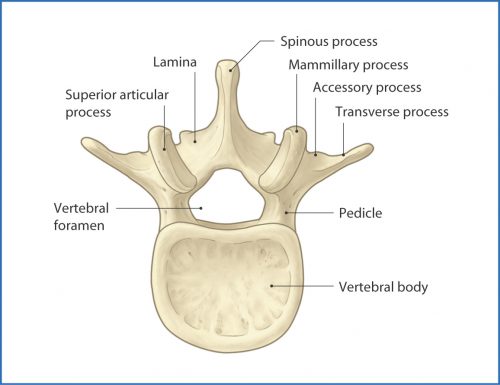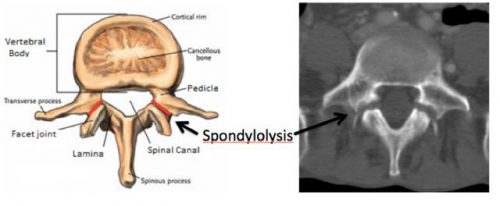Most trauma professionals have heard of OPSI, but few have ever seen it. The condition was first described in splenectomized children in 1952. Soon after, it was recognized that this infection occurred in asplenic adults as well.
OPSI is principally due to infection by encapsulated organisms, those with a special polysaccharide layer outside of the bacterial wall. This layer is only weakly immunogenic, and confers protection from the normal immune mechanisms, particularly phagocytosis. However, these bacteria are more easily identified and removed in the spleen.
OPSI may be caused by a number of organisms, the most common being Strep. pneumonia, Haemophilus influenza, and meningococcus. For this reason, the standard of care has been to administer vaccines targeting the usual organisms to patients who have lost their spleen.
How common is OPSI? A recent paper from Gernany reviewed comprehensive data from 173 intensive care units over a 2-year period. Here are some of the more interesting factoids:
- 2,859 ICU beds were screened, but the number of unique patients was not given. This is very disappointing because incidence cannot be calculated!
- 52 cases of OPSI occurred
- Only half of the patients had received vaccines
- Pneumococcus was the most common bacterium (42%). There were no H. Flu or meningococcal infections.
Bottom line: Yes, OPSI exists and can occur in your asplenic patients. It is uncommon enough that you and your colleagues will probably never see a case. But proper vaccination remains important. Papers consistently show that we are collectively not very good at ensuring that our splenectomized patients receive all their vaccines, ranging from only 11-50%. We collectively need to make better efforts to provide them to our at-risk patients.
Reference: Overwhelming Postsplenectomy Infection: A Prospective Multicenter Cohort Study. Clin Infec Diseases 62:871-878, 2016.






